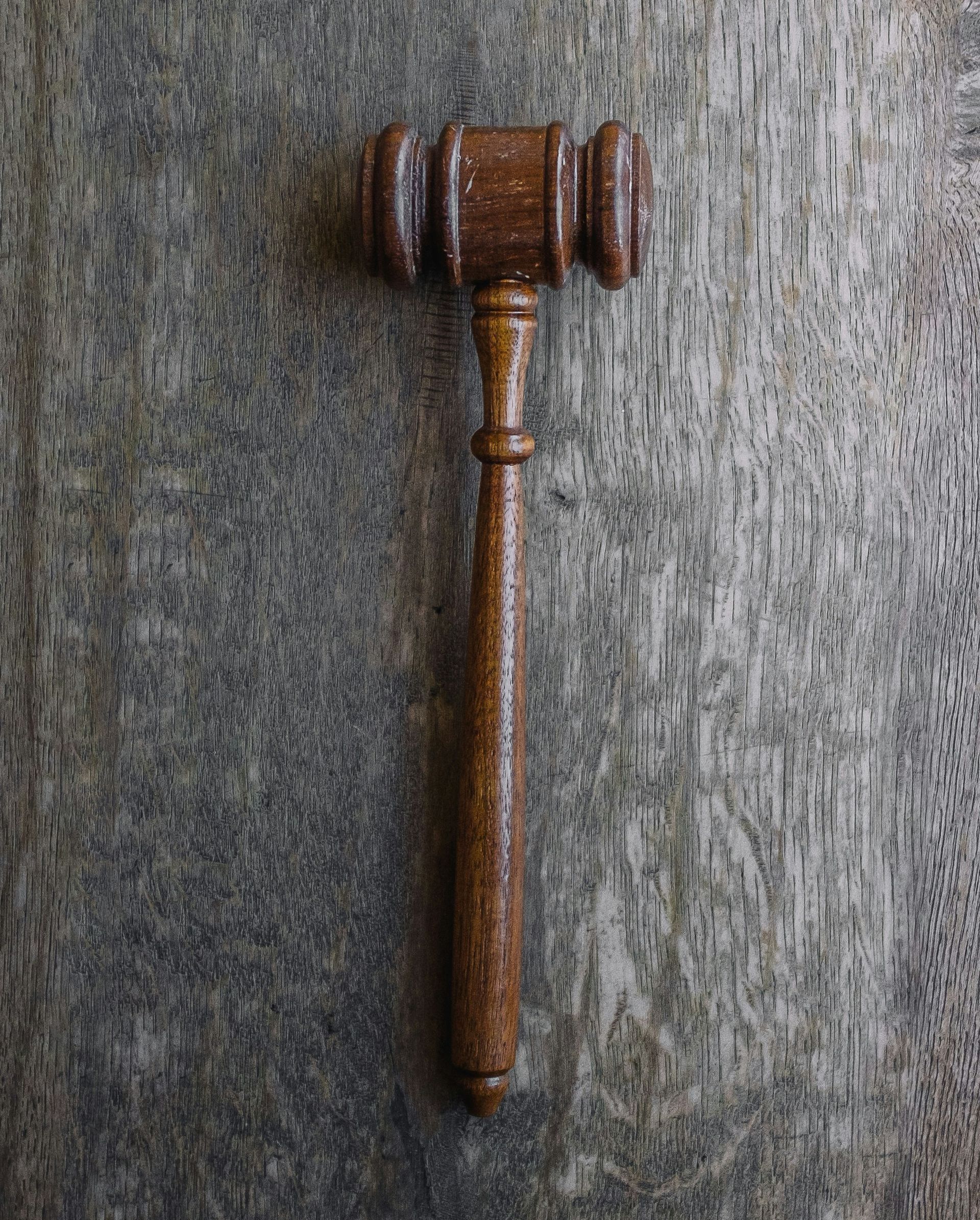Proving Negligence in a Personal Injury Case
Prove Your Case
In personal injury law, proving negligence is crucial to securing compensation for your injuries. Negligence refers to the failure of an individual or entity to exercise reasonable care, resulting in harm to another person. Understanding how to establish negligence can significantly impact the outcome of your case. At Newman Injury Law, our attorneys have over a century of combined experience in navigating the complexities of personal injury cases and proving negligence to ensure our clients receive the justice they deserve.
Elements Required to Prove Negligence
To successfully prove negligence in a personal injury case, four key elements must be established:
1. Duty of Care
- The first step is to demonstrate that the defendant owed a duty of care to the plaintiff. This means showing that the defendant had a legal obligation to act in a certain manner to prevent harm. For example, drivers have a duty of care to follow traffic laws and operate their vehicles safely to avoid accidents.
2. Breach of Duty
- Once the duty of care is established, it must be shown that the defendant
breached this duty. A breach occurs when the defendant fails to act with the level of care that a reasonably prudent person would have exercised under similar circumstances. This could include actions such as running a red light, failing to maintain property, or not providing adequate safety measures.

3. Causation
- The third element involves proving that the defendant's breach of duty directly caused the plaintiff’s injuries. This means demonstrating a clear link between the defendant's actions (or inaction) and the harm suffered by the plaintiff. Without this causal connection, it cannot be said that the defendant's negligence resulted in the injury.
4. Damages
- Finally, the plaintiff must show that they suffered actual damages as a result of the breach. Damages refer to the tangible and intangible losses experienced by the plaintiff, such as medical expenses, lost wages, pain and suffering, and emotional distress.
Gathering and Presenting Evidence
Successfully proving negligence requires a strong body of evidence. Here are some essential steps and types of evidence used in building a compelling case:
Documentation and Records
Collecting detailed documentation is vital. This includes medical records, police reports, accident reports, and any other official records related to the incident. These documents provide a factual basis for establishing the extent of injuries and the circumstances surrounding the event.

Witness Testimony
Witnesses can provide crucial support for your case by corroborating your account of the incident. This includes statements from bystanders, medical professionals, and any other individuals who can attest to the events and the defendant’s behavior. Witness testimony can help establish the breach of duty and causation elements.
Expert Witnesses
In complex personal injury cases, expert witnesses can be invaluable. Experts in fields such as accident reconstruction, medical care, and vocational rehabilitation can provide professional opinions that clarify technical aspects of the case. Their insights can strengthen the link between the defendant’s breach of duty and the plaintiff’s injuries.
Photographic and Video Evidence
Visual evidence, such as photographs and videos from the scene of the accident, can be compelling. This type of evidence can vividly illustrate the conditions that led to the injury, the extent of the damage, and the aftermath of the incident. Surveillance footage, if available, can also capture the defendant’s actions and help prove negligence.

The Role of an Attorney in Proving Negligence
Navigating the complexities of a personal injury case and proving negligence can be challenging without professional assistance. An experienced attorney plays a critical role in:
- Investigating the Incident: Conducting a thorough investigation to gather all relevant evidence.
- Building a Strong Case: Organizing and presenting evidence in a clear and convincing manner.
- Negotiating with Insurance Companies: Handling communications and negotiations with insurance companies to seek a fair settlement.
- Representing You in Court: If necessary, advocating on your behalf in court to achieve the best possible outcome.

Trust the Professionals
Proving negligence is a fundamental aspect of securing compensation in personal injury cases. By establishing duty of care, breach of duty, causation, and damages, you can build a strong case; however, it’s important to remember that this is only meant as a general guide, and you should always seek legal advice from a qualified attorney about your specific case.
At Newman Injury Law, our attorneys leverage over a century of combined experience to help clients navigate this process and achieve justice. If you believe you have a personal injury case, contact us today for a consultation. We are here to provide the expertise and support you need to pursue your claim effectively.
















